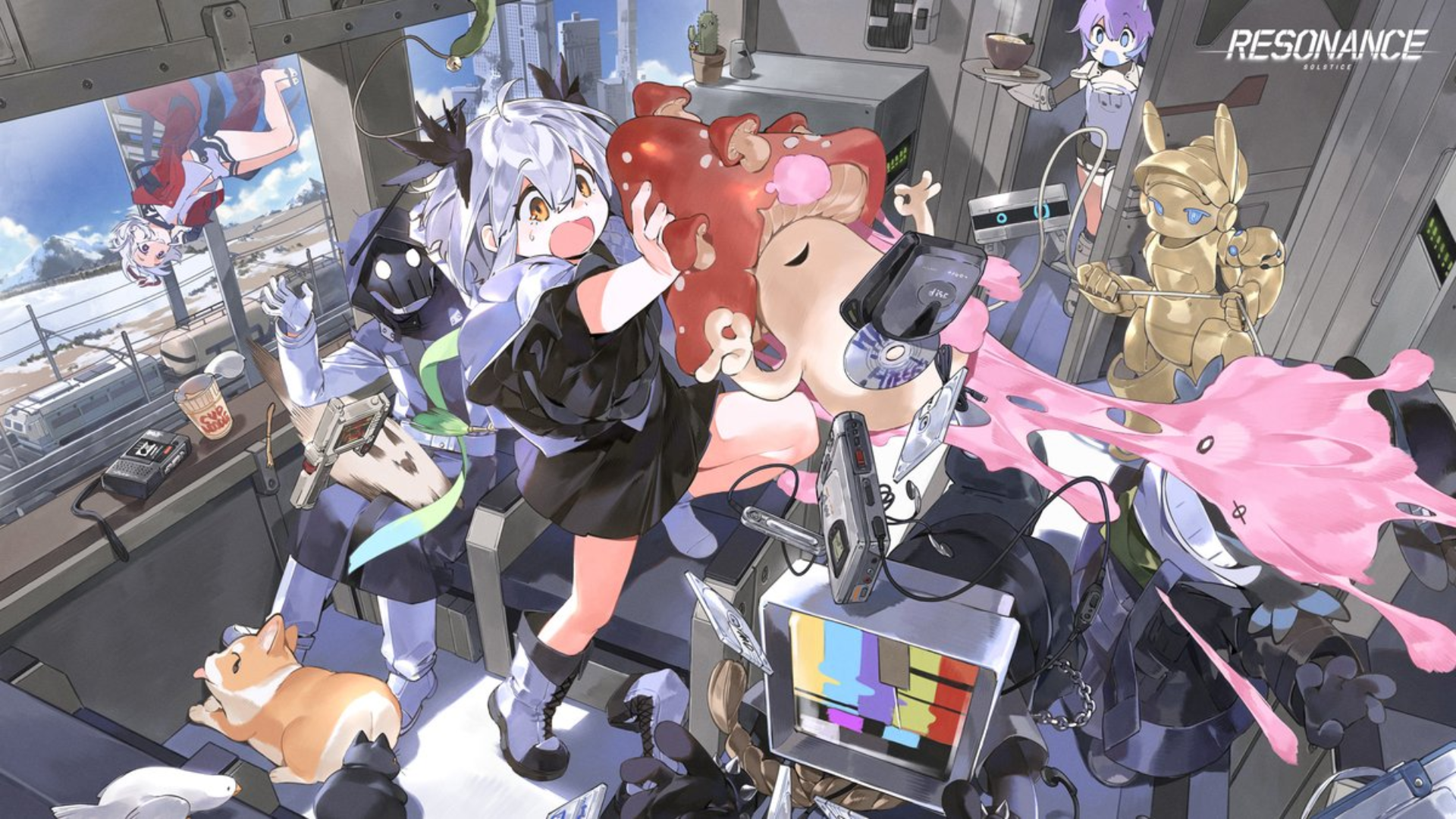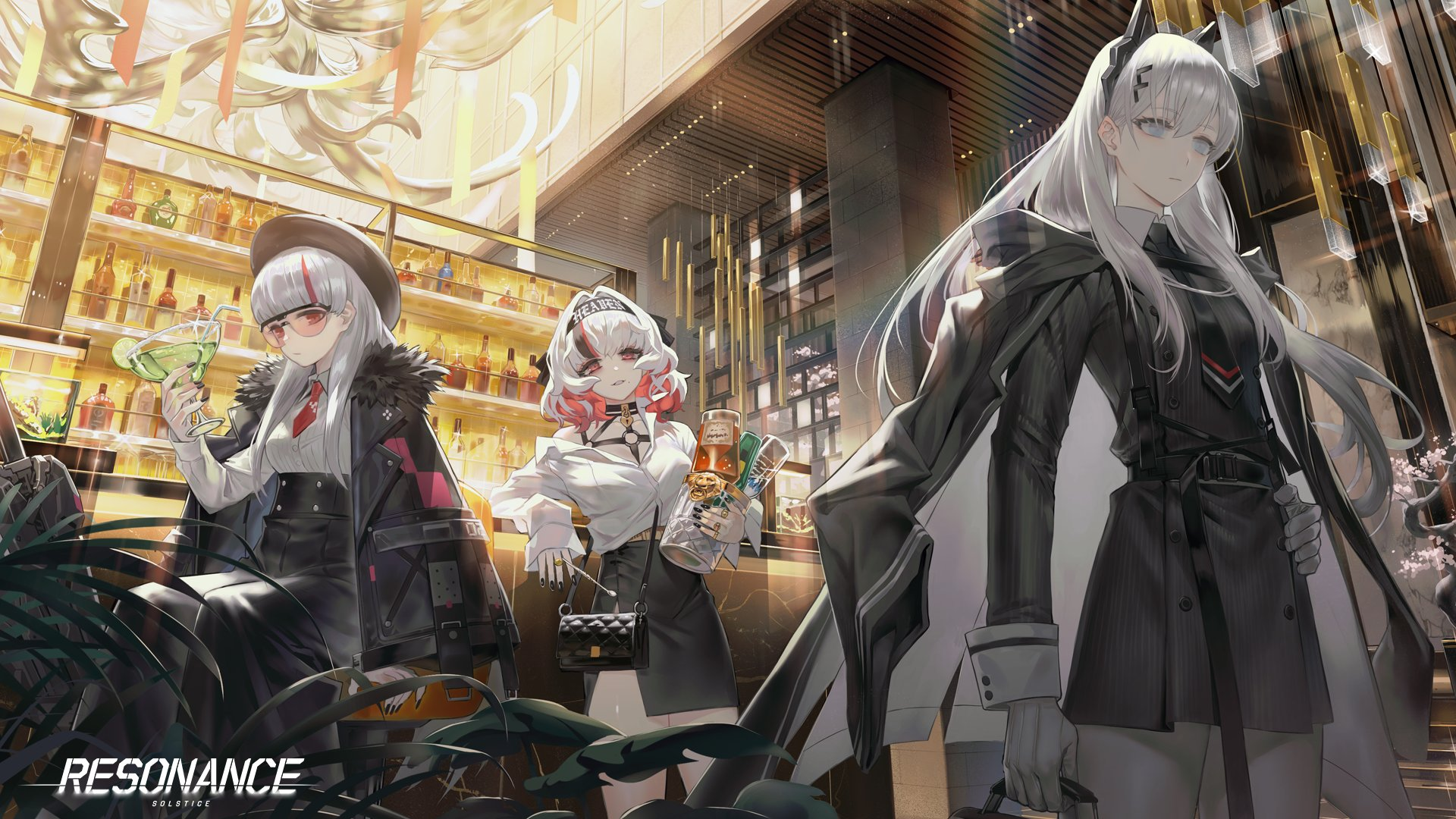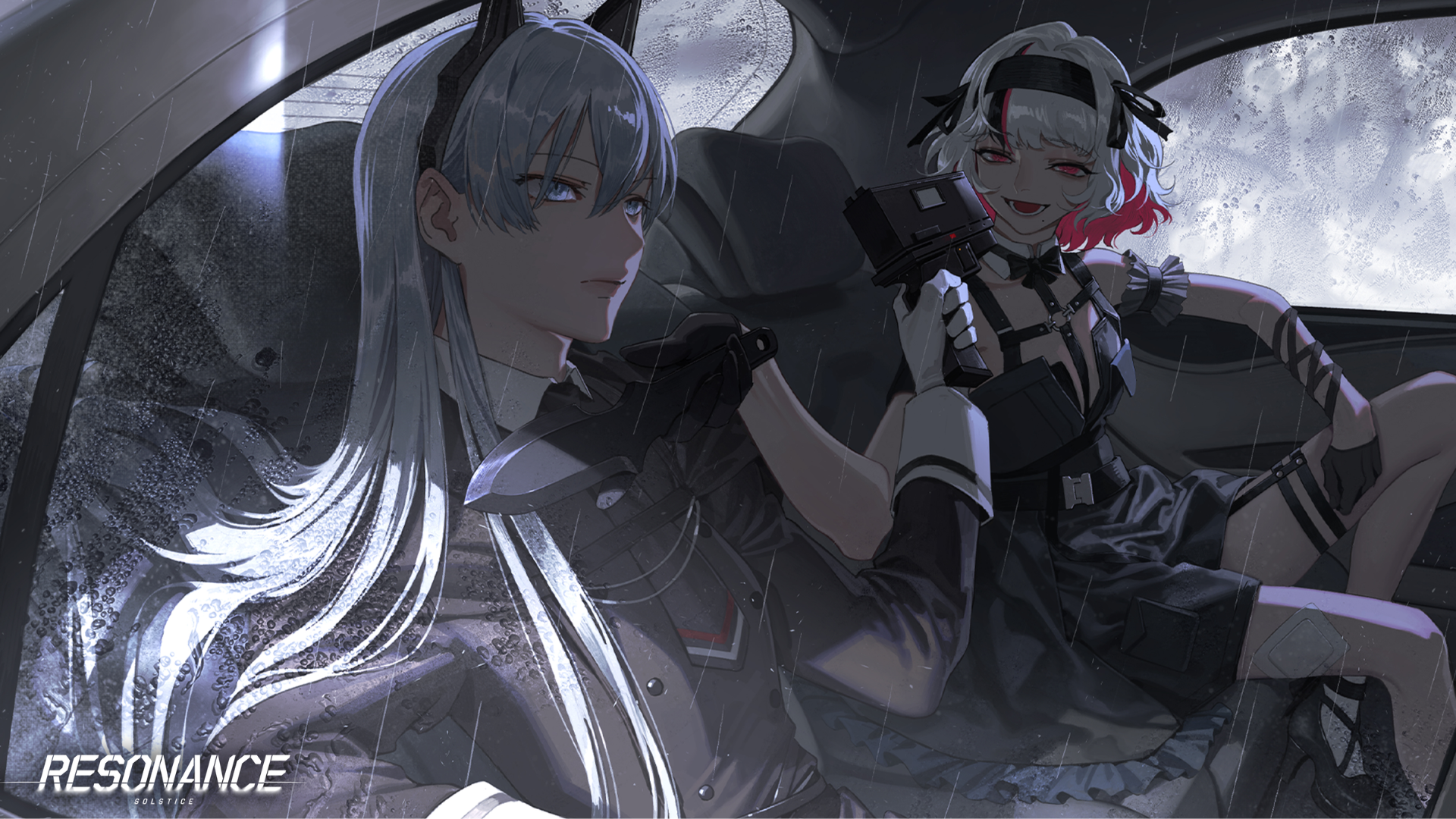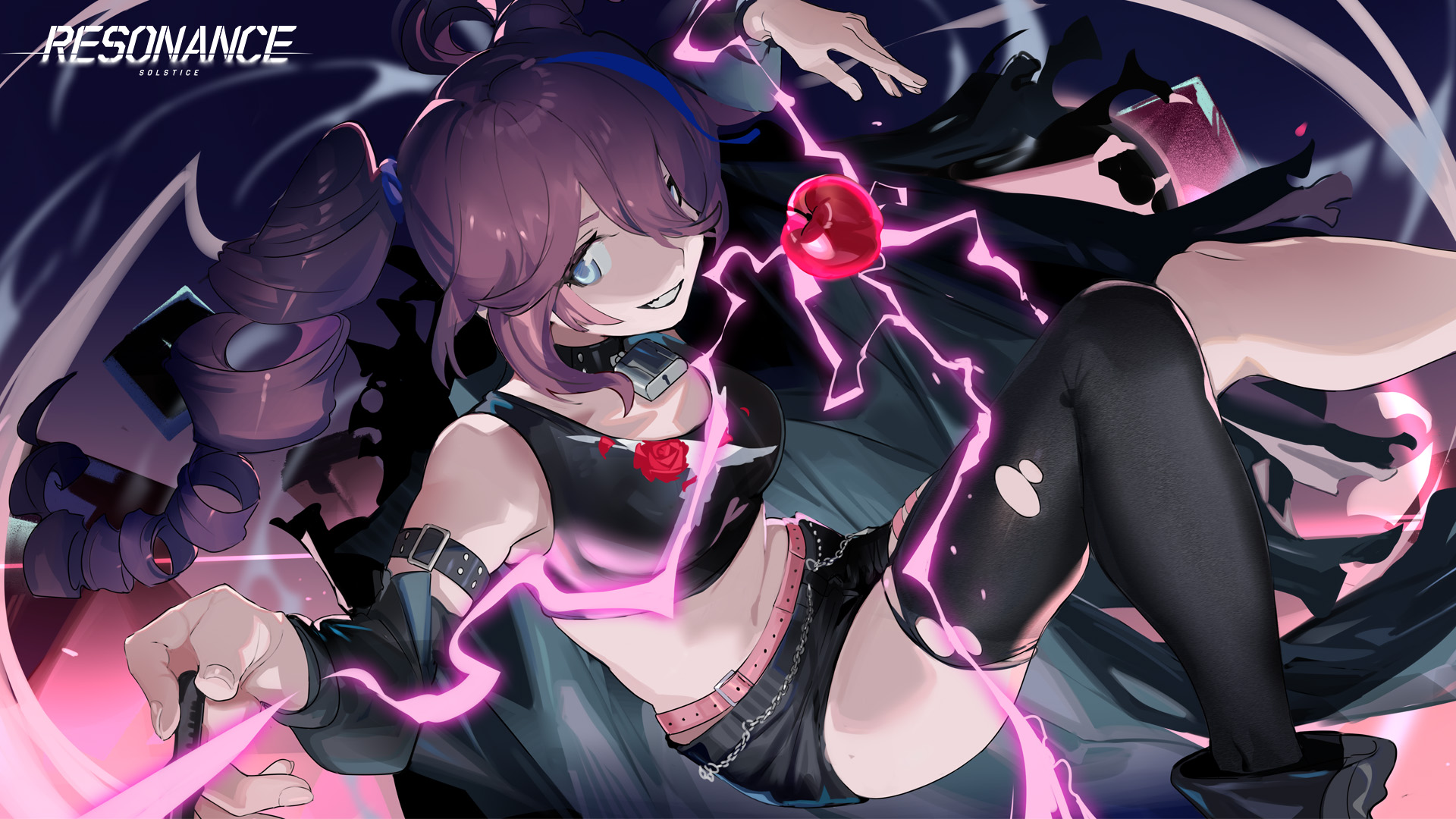City and Train Management in Resonance Solstice: Tips for Success
Managing your cities and train effectively in Resonance Solstice is crucial for mastering its blend of strategy, simulation, and RPG mechanics. Every choice you make as the conductor of the COLUMBA impacts your progress, trade profits, and faction relationships. This guide explains how to grow your economy, optimize routes, and customize your train for peak efficiency.
Understanding City Management
Each city in Resonance Solstice acts as both a trading hub and a narrative checkpoint. As you expand your trade network, you’ll unlock new cities, each offering unique resources, markets, and upgrade opportunities.
City Development and Trading
Cities have development levels that dictate available goods and missions. High-level cities unlock more lucrative trade options and rare crafting materials. According to the LDPlayer Beginner Guide, players should always deliver cargo to multiple destinations to raise city trust and unlock faction benefits (LDPlayer).
Profitable trading follows a simple principle: buy low, sell high. Purchase surplus items from one city and sell them where demand is highest. Market prices in each settlement shift dynamically based on global trading activity, so learning local economies is key.
City Missions and Resource Flow
Completing side contracts for city leaders provides trade permits, special blueprints, and powerful materials used for train upgrades. Each successful mission raises regional influence, unlocking better routes and discounted trade taxes. Use these missions to generate long-term growth instead of focusing only on quick profits.
Train Management and Upgrades
Your train is the heart of the Resonance Solstice experience, combining mobility, combat capability, and aesthetic customization. Beyond serving as transportation, it acts as your traveling base of operations.
Train Customization
The train can be personalized inside and out, letting you adjust carriages for specific functions such as cargo storage, crew rest, or research facilities. More advanced layouts increase travel speed, armor, and energy capacity (MuMuPlayer).
Upgrade priority should focus on:
- Cargo Cars: Expands storage for trade and material collection
- Defense Cars: Boosts durability for missions through polluted zones
- Reactor Cars: Improves energy recovery during extended trips
Visual customization is also part of gameplay. From handcrafted interiors to mechanical exteriors, your design choices slightly influence morale bonuses for certain passenger types (Google Play).
Crew Management
Assign crew members to different compartments for stat bonuses. For example, placing a healer in the medical car can enhance recovery effects, while engineers increase repair and resource efficiency mid-journey. Balancing these roles can make a major difference in long-distance convoys.
Combat and Trade Balance
As you travel, enemies often ambush your train, targeting both your cargo and locomotive integrity. The best approach is to prepare a balanced team before departure, one that supports defensive capabilities without sacrificing trade volume (Roonby). Equip shields or deploy barrier cars for protection during critical passages.
Defeating ambushers not only keeps your goods safe but also rewards rare materials that can be sold or used for train parts. Combining commerce with combat efficiency ensures strong economic and strategic returns.
Tips for Prosperity and Expansion
- Upgrade gradually: Prioritize cargo and defense cars early before cosmetic customization.
- Maintain trade variety: Transport at least two to three different item types per route to maximize city value gains.
- Keep track of the market: Prices fluctuate based on world events and player actions. Regularly check trade boards in major cities.
- Complete special events: Participate in limited-time convoys and faction deliveries for unique rewards and blueprints.
- Plan routes strategically: Avoid inefficient loops; create a linear or directional trade chain between high-profit cities.
Final Thoughts
Resonance Solstice transforms management gameplay into a journey of survival and trade across a broken world. Balancing your convoy’s security, profits, and upgrades unlocks the full potential of the COLUMBA and its crew.
For deeper systems coverage, read the full guides on LDPlayer, MuMuPlayer, and Google Play, or check out community tips on LootandWaifus.



